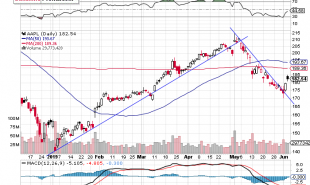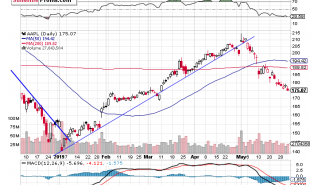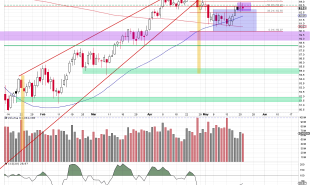
By Ben Marks, CEO and Founder, Blocktrade Capital
In 2013, New York was the center of the US cryptocurrency space. BitInstant, a bitcoin exchange in New York that allowed customers to purchase BTC from 700,000 stores, was booming. The company had 16 full-time employees in its New York City office and accounted for 30 percent of the world’s total Bitcoin transactions. Unfortunately, the 2013 bust of the Silk Road website led to an investigation of BitInstant, which ultimately resulted in the exchange being shut down over money laundering concerns. Soon after that, New York enacted the BitLicense legislature, which required any business and individual conducting transactions in cryptocurrency to obtain a license from the state. This effectively killed all cryptocurrency use in the state of New York, which at the time was the worldwide hub for bitcoin.
It wasn’t until years later that cryptocurrency finally regained a foothold in New York. When it did, the landscape there was dramatically different. Not only was there no focus on any nefarious uses of cryptocurrency, there was very little emphasis on the investment and speculative nature of cryptocurrency. The focus today is almost entirely on the benefits of blockchain technology, and this year’s Consensus conference was a perfect example of this, as price talk was banned from the conference completely.
Due to high ticket prices - $2,000 in advance and $3,000 at the door - most attendees were Wall Street corporate types, who could either afford tickets, or in many cases, had their companies pay for them to go. There was a smaller percentage of developers and retail investors in attendance - otherwise known as the die-hard crypto enthusiasts. Perhaps as a result of this, crypto prices did not increase in the days following Consensus, which was surprising considering the huge turnout.
Crypto Invest Summit in Los Angeles from May 1-2 was a totally different story. This conference was more about investing, and less about blockchain technology. Ticket prices for the two-day event were more affordable, averaging $500-$600 in advance and $1,000 at the door. As a result, many more retailer investors and developers were in attendance, and the conference felt more high-energy, like a highly anticipated sporting event. It was less about networking, and more about seeing the different speakers, visiting companies’ tables, and talking to other attendees about all the different coins. Unsurprisingly, bitcoin increased from around $9,200 during the conference to a high of $9,964 in the three days after the conference. With no other newsworthy events taking place during that time, it’s more than likely this 8.3 percent increase can be attributed to investor excitement stemming from the Crypto Invest Summit.
So, what are the differences between New York and Los Angeles-based crypto investors? Los Angeles fosters more of a developer and retail investor scene. These groups are the ones that rush home from a conference to buy the latest coins that they just learned about at the event. This investor exuberance often leads to large price increases in the days following a conference.
New York cryptocurrency enthusiasts are a different breed. They are institutional investors. This type of investor doesn’t usually make quick, spontaneous investing decisions the way retail investors do. Institutional investors go to conferences to make connections and later hold follow up meetings and calls with these new contacts to discuss business opportunities. Institutional investors only commit to a new venture when they’ve done their due diligence and are truly comfortable with the deal. In retrospect, it is not surprising that Consensus didn’t lead to the price breakout that everyone had hoped for. The benefits of Consensus are much more likely to be felt months down the road, when projects that were spawned during meetings at the event finally come to fruition.
Going forward, we need to temper our expectations when it comes to conference-related price increases. Investor-focused conferences on the west coast are much more likely to cause price increases than New York conferences, but we shouldn’t be disappointed if price increases don’t happen. We need to embrace both investor communities, and not create rules that ban price talk. Conferences should incorporate elements of both blockchain technology and investing opportunities, as a well-rounded event will appeal to both types of investors and ultimately help move the entire industry forward.







